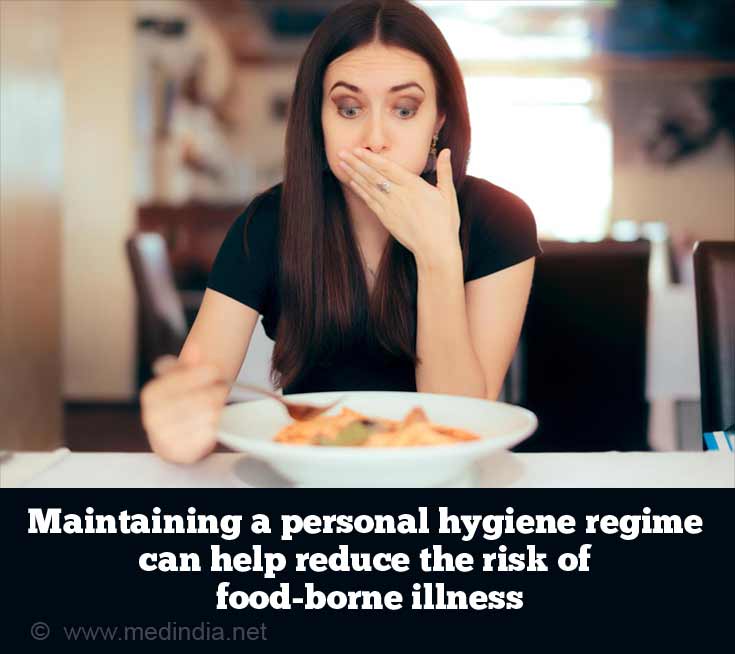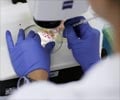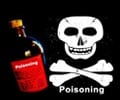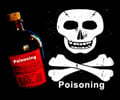- Listeria monocytogenes: biofilm formation and persistence in food-processing environments - (http://journals.cambridge.org/action/displayAbstract?fromPage=online&aid=245609)
About
Food poisoning, technically called ‘food-borne illness’, is an illness caused by consuming foods that have been contaminated with harmful microorganisms, such as bacteria, virus or other parasites, also called pathogens. But sometimes, contamination can result from chemicals in the food such as in poisonous mushrooms or even if they are undercooked.
The most common food poisoning pathogens are Campylobacter jejuni, Salmonella, Bacillus cereus, and Escherichia coli. These pathogens thrive in warm and moist places where they breed and multiply through their spores.

Food poisoning has many different symptoms and these may differ from person to person. However, the initial symptoms are nausea, vomiting, abdominal cramps and diarrhea for most types of food-borne illness.
Although, food poisoning is rarely fatal, those who have suffered from it know about the unpleasant nature of the symptoms. Food-borne illness can be infectious too. For example, norovirus and salmonella are the most common infectious pathogens. And they can be fatal as well. It has been reported that salmonella causes most of the deaths followed by Toxoplasma and Listeria.
Washing hands thoroughly, maintaining a personal hygiene regime, and temperature control, careful storage of food products, especially meat, poultry and fish, can help reduce the risk of food-borne illness.















